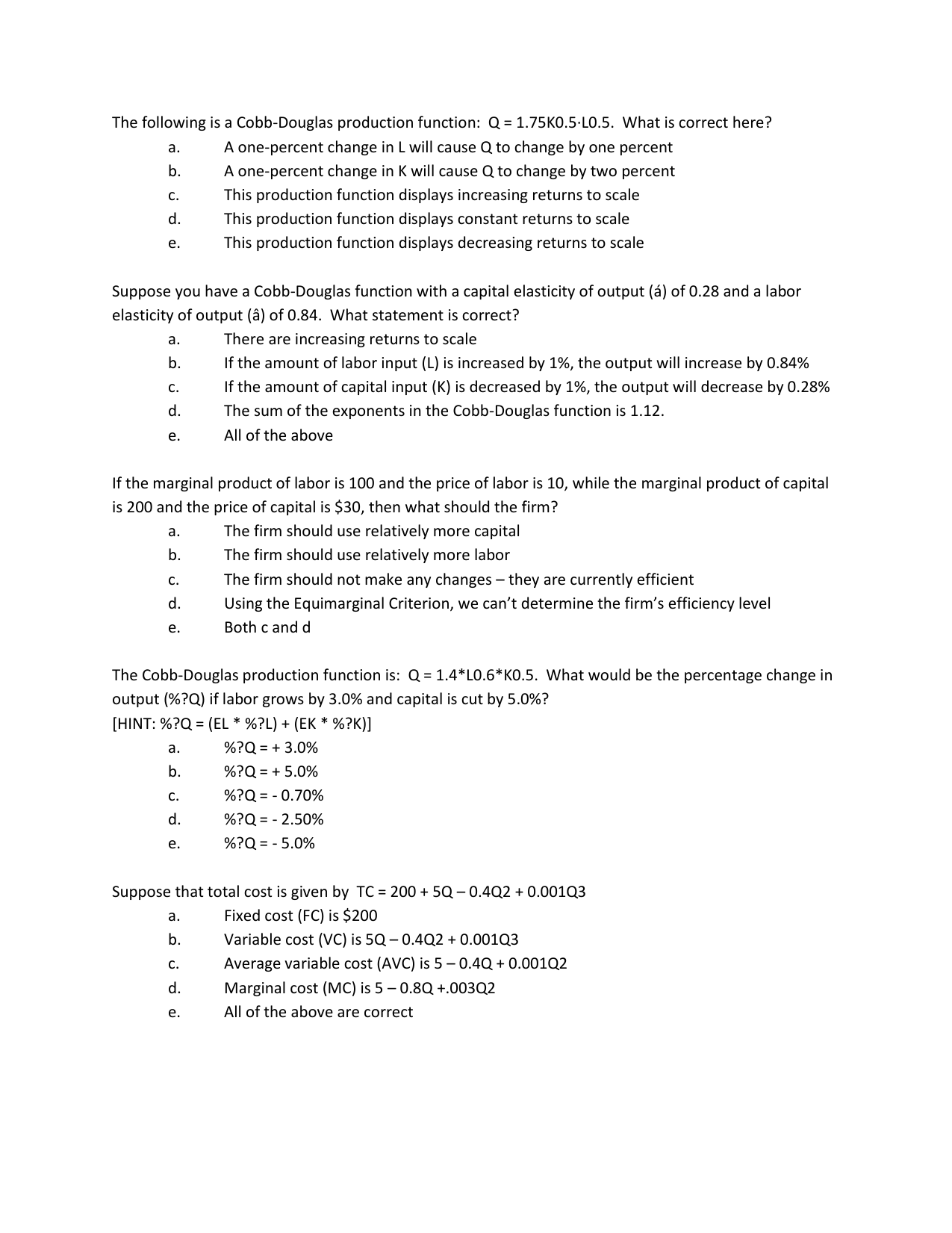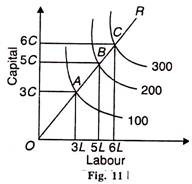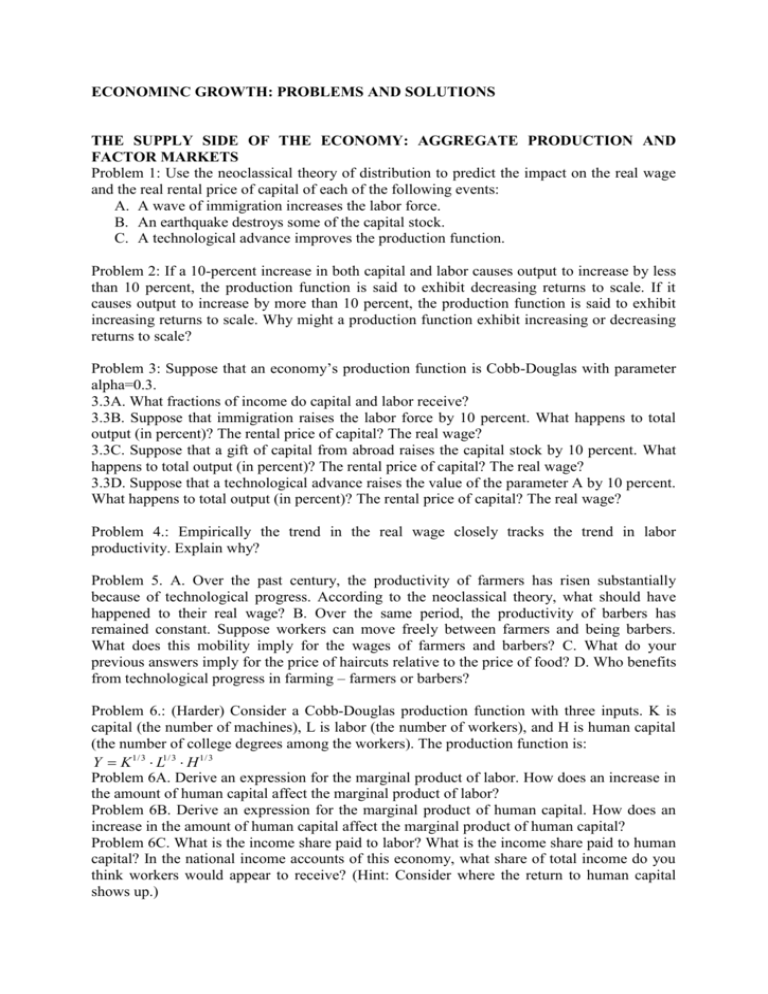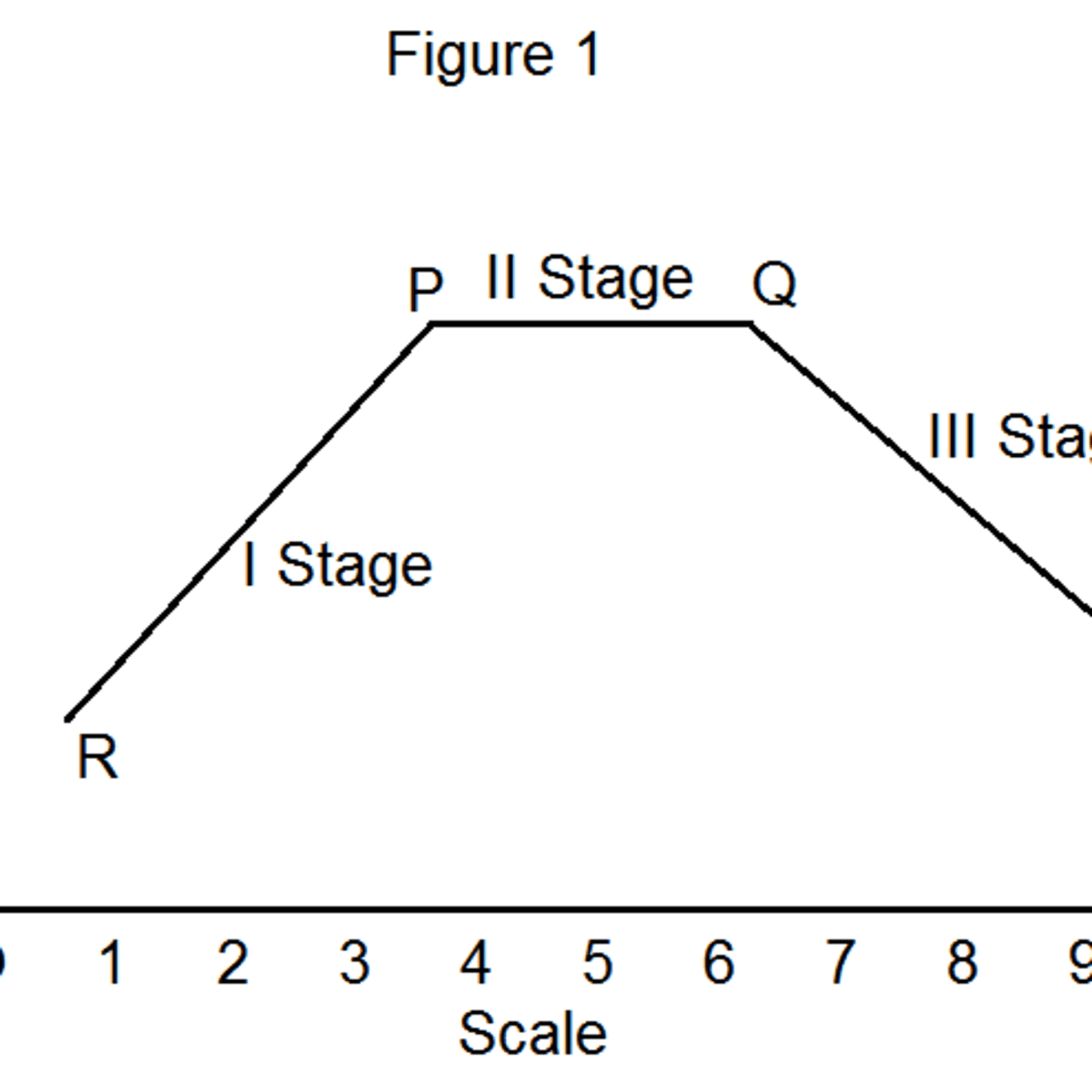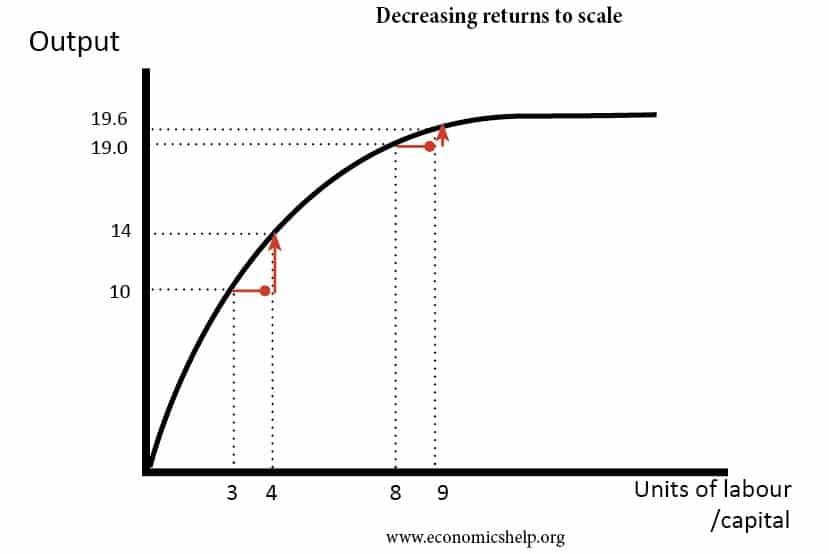Returns to scale refer to the relationship between the output of a firm and the inputs used to produce that output. When a firm experiences increasing returns to scale, an increase in inputs leads to a more than proportionate increase in output. Conversely, when a firm experiences decreasing returns to scale, an increase in inputs leads to a less than proportionate increase in output.
There are several factors that can cause a firm to experience increasing or decreasing returns to scale.
One potential cause of increasing returns to scale is the existence of economies of scale. Economies of scale refer to the cost advantages that a firm can realize as it increases its production. These cost advantages can arise from a variety of sources, such as specialization of labor, purchasing inputs in bulk, and using specialized equipment. As a firm increases production, it may be able to take advantage of these cost savings, leading to increasing returns to scale.
Another potential cause of increasing returns to scale is the presence of network effects. Network effects occur when the value of a product or service increases as more people use it. For example, the value of a social networking platform increases as more people join and connect with one another, making it more attractive to new users. This can lead to a virtuous cycle of increasing adoption and increasing returns to scale.
On the other hand, there are also factors that can cause a firm to experience decreasing returns to scale. One potential cause is the presence of diseconomies of scale. Diseconomies of scale occur when the costs of production increase as a firm increases its output. These cost increases can arise from a variety of sources, such as difficulties in coordinating and managing a large workforce or the need for specialized equipment that becomes less efficient at higher levels of production. As a firm increases production, it may encounter these cost increases, leading to decreasing returns to scale.
Another potential cause of decreasing returns to scale is the presence of diminishing returns. Diminishing returns occur when the marginal product of a given input decreases as the quantity of that input increases. For example, if a firm increases the number of workers it employs, it may initially see a significant increase in output. However, as it continues to add more workers, the marginal product of each additional worker may decrease, leading to decreasing returns to scale.
In summary, increasing and decreasing returns to scale can be caused by a variety of factors, including economies of scale, network effects, diseconomies of scale, and diminishing returns. Understanding these factors can help firms make informed decisions about their production and resource allocation.
